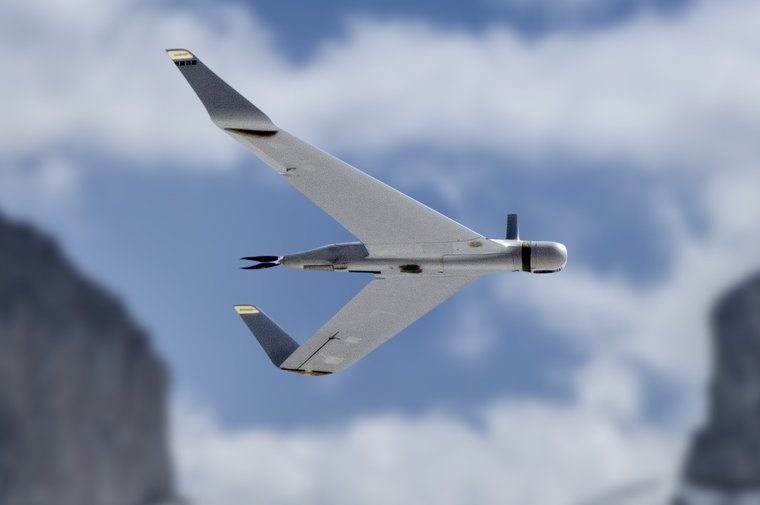Aeronautics unveils Orbiter 2 loitering munition variant
Details
More Products & Services
Products & Services
Defence Insight
Shephard Media
Some of the things people like you use Defence Insight for:
- Total addressable market sizing ($)
- Competitor analysis
- Cost analysis
- Market forecasting
- Growth identification
- Increasing closing ratio
- Increasing closing order value
- Estimating product potential
- Calculating sales forecasting
- Supply and demand analysis
- Total addressable market sizing ($)
- Competitor analysis
- Cost analysis
- Market forecasting
- Growth identification
- Increasing closing ratio
- Increasing closing order value
- Estimating product potential
- Calculating sales forecasting
- Supply and demand analysis
Shephard Plus Update
Shephard Media
Shephard Plus is updating in June 2018 with rich new capabilities, and is now one of the most cost-effective and valuable aerospace and defence market intell...
Military Unmanned Systems Handbook
Shephard Media
The Military Unmanned Systems Handbook (Digital Download) is an international guide to the military UV industry and provides detailed information on air, ground and sea (surface & sub-sea) vehicles as well as subsystems. What's included: Unencrypted 390+ page PDF of equipment and supplier information Market summary
Description
Aeronautics has developed a kinetic version of its Orbiter 2 ISR UAS, the Orbiter 2LM (Loitering Munition), which has commonality with the original platform across communications data link, control station and operational software.
Both LM and ISR variants have high-resolution day and IR electro-optic payloads, onboard automatic target recognition and video motion detection for increased operational capabilities.
The two variants use the same basic airframe and while few details have been revealed of the changes in specifications, Aeronautics lists Orbiter 2 LM with an endurance of two hours while the ISR model has an endurance of three hours. The difference is likely to relate to the increased weight of the kinetic warhead compared to lighter electronic and EO payloads.
The two platforms form what the company describes as the Orbiter 2 STS (Sensor-to-Shooter) mission system with the ISR UAV latter providing post-operation battle damage assessment.
The platforms are electric-powered with low acoustic and optical signatures. The system is operated by a team of two personnel after, according to the company, only a few weeks of training.
Both variants have a wingspan of 3m, a length of 0.9m and a maximum take-off weight of 13kg with a line-of-sight datalink range of 50km.
Both LM and ISR variants have high-resolution day and IR electro-optic payloads, onboard automatic target recognition and video motion detection for increased operational capabilities.
The two variants use the same basic airframe and while few details have been revealed of the changes in specifications, Aeronautics lists Orbiter 2 LM with an endurance of two hours while the ISR model has an endurance of three hours. The difference is likely to relate to the increased weight of the kinetic warhead compared to lighter electronic and EO payloads.
The two platforms form what the company describes as the Orbiter 2 STS (Sensor-to-Shooter) mission system with the ISR UAV latter providing post-operation battle damage assessment.
The platforms are electric-powered with low acoustic and optical signatures. The system is operated by a team of two personnel after, according to the company, only a few weeks of training.
Both variants have a wingspan of 3m, a length of 0.9m and a maximum take-off weight of 13kg with a line-of-sight datalink range of 50km.

Share
Recent Chats
Share via email
Future: handle WhatsApp here
Future: handle LinkedIn here
Future: handle Twitter here
SUBMENU HERE
Share via Chat
Copy Link



